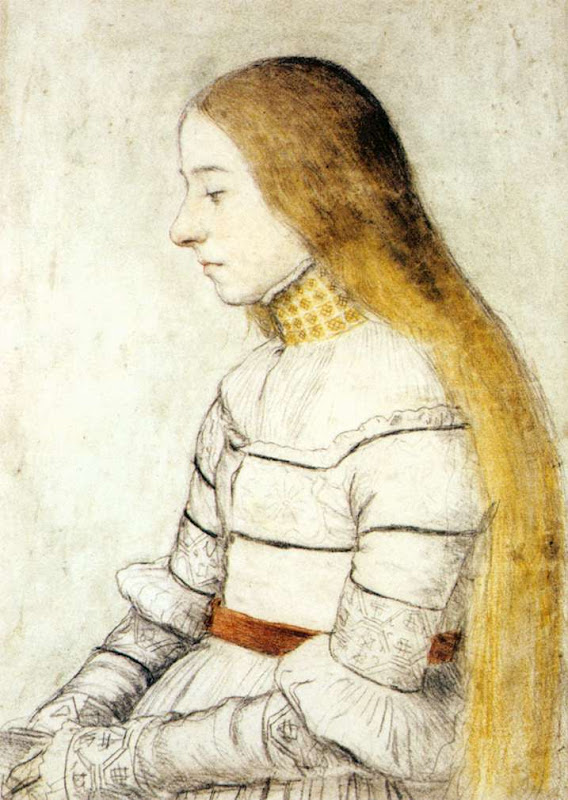every year, the dutch broadcasting corporation vpro holds an open design competition for the cover of its first magazine of the new year.
a very inspiring idea!!
and one should really look at all the designs that people make, they are put on the
vpro's website for cover 1. it is very inspiring to see what is being made by young and old, professional and non-professional.
of course, i would'nt be grumpy old me if i wasn't grumpy old me, so i also see quite a number of drawbacks to the way this competition is organized, but...it remains a nice and original idea! for many amateur/semi-amateur designers, where can one find a similar opportunity to create a design with (if you win of course...) national exposure?
which is partly why i like to participate, from time to time. not every year, because i often don't feel much affinity with the selected theme (like this year's theme: `ode to paper' - it just doesn't do much for me, because for me the direction has been predetermined too much. it would have worked better for me if it had been simply: `paper', but even that probably would not really have set me on fire, i suppose, much as i like paper as a medium and also as a material).
so far i have participated twice, with designs that i really like and which naturally failed to draw any attention from the jury...;-) but thankfully i have reached a stage where i understand that drawing attention from a jury is a very subjective affair, and also isn't the only thing that makes a design worthwhile.
but even if i don't participate, i usually take quite some time to look at the designs made by others, because it is really inspiring, like i said. from this i have noticed that my way of looking is rather different than the jury's...if i were to nominate 10 designs, in most years there would be not more than one or two overlaps with the nomination of the jury, and frequently none.
%%%%%%%
the next will sound arrogant, i know. but to me it sometimes seems as if really intelligent design is at a disadvantage. i have seen some excellent designs going unnoticed [yeah i know you could now laugh at me, but i'm not talking about my own designs ;-)], where the only reason for this that i could think of was that the idea behind the design was subtle, and took more than a short moment's reflection to grasp.
this brings us back (i think i discussed this earlier on this blog, but i'm not sure!) to the discussion on how `popular' art should be. the vpro prides itself on bringing programs that bring real content and culture, a deepening of background shall we say. therefore i think that it is a real sign of the times that even in the vpro-setting `intelligent' design is at a disadvantage.
to me it seems that we dutch are simply not motivated to invest time and effort in building our culture to the point where art, music, literature, poetry, film, etc. are appreciated as a valuable way to determine what values we treasure, what ways we should go and what ways we should not go with our society.
our new government is a very appalling example of the merchant mind which seems to dominate the netherlands. what a poor culture my country really has, is sometimes obscured by the many great painters which were born in the netherlands. but they are really just a strange exception to the dutch rule.
and it is also surprising that with such a merchant mentality, many eminent scientists also came from the netherlands. however, this latter phenomenon cannot persist i believe. whereas the natural talent for painting seems to be indigenous, to maintain a high level of science requires a definite non-merchant mentality. i'm sure we will see the downslide of dutch science in the decades to come. and we deserve it, for being so short-sighted and narrow-minded.
now who will be able to illuminate the blind? traditionally, i would say, it should be the artists (all liberal arts included). but in our merchant society, they are currently being put down as irrelevant (unless commercially successful) and as being basically parasitic on society - i'm NOT joking.
this is what happens when we vote for people who have no real cultural upbringing, no real cultural reflection, no basis for the insight that the arts are about everything that we hold dear. who can only think in terms of success, failure, money, power, fear, control,...you get the idea.
what does beauty mean to these people? what does colour mean? a song or a poem that brings the tears to one's eyes?
[to be continued]














.jpg)
